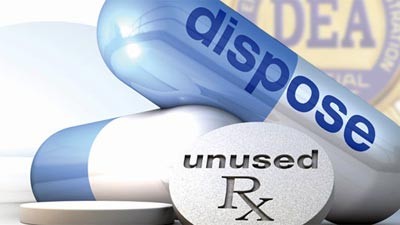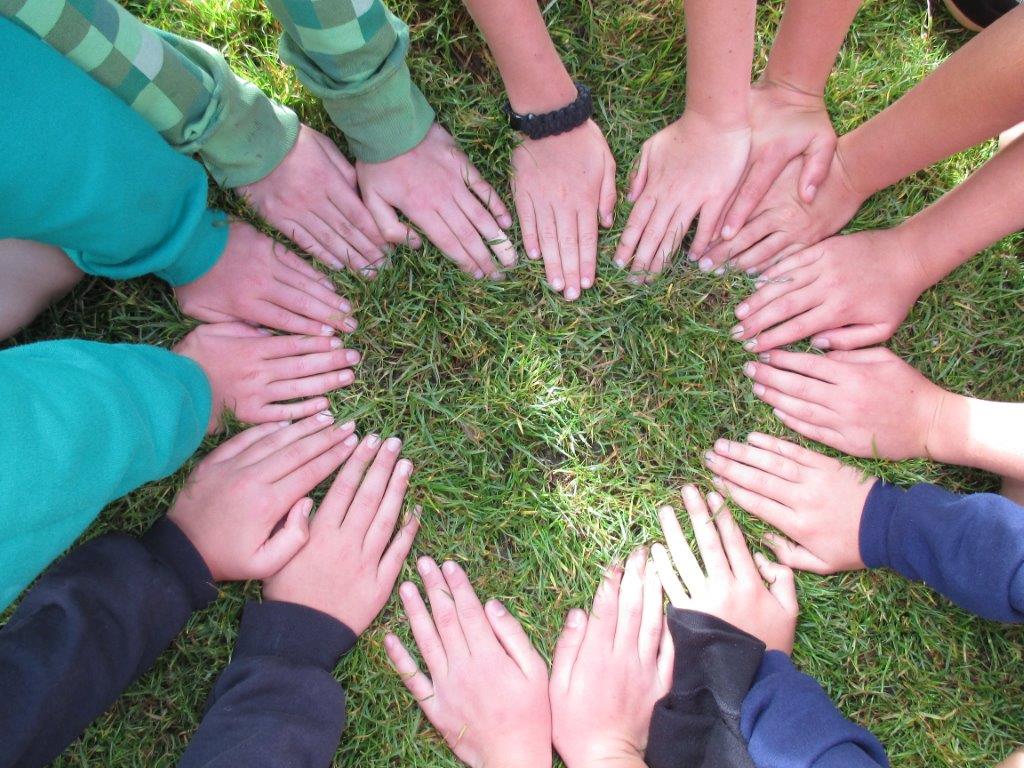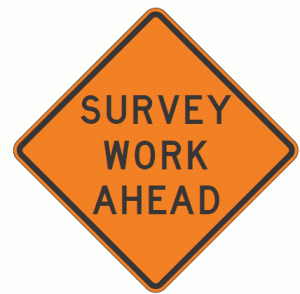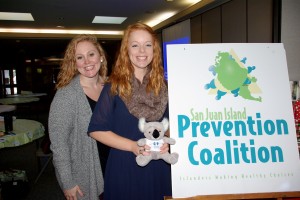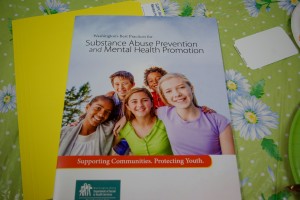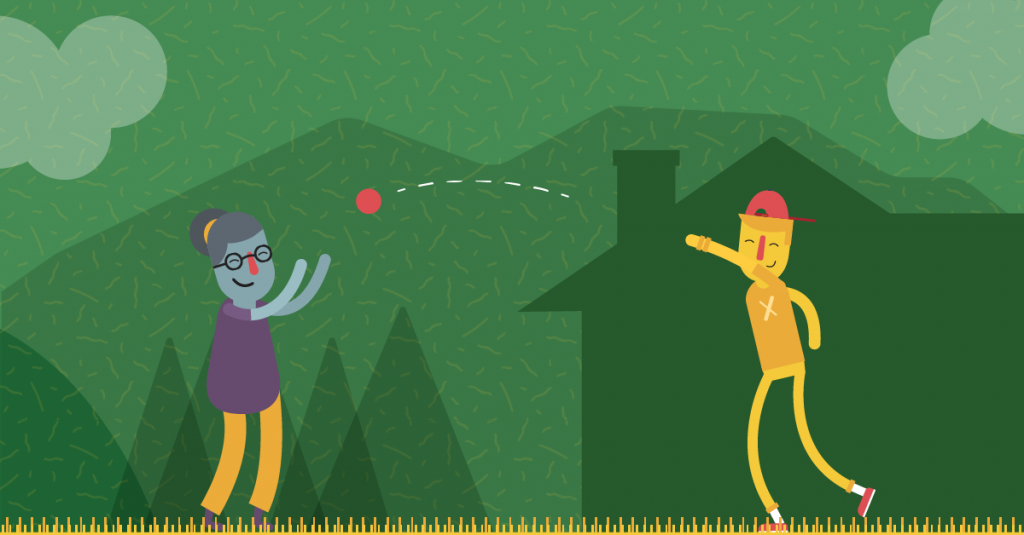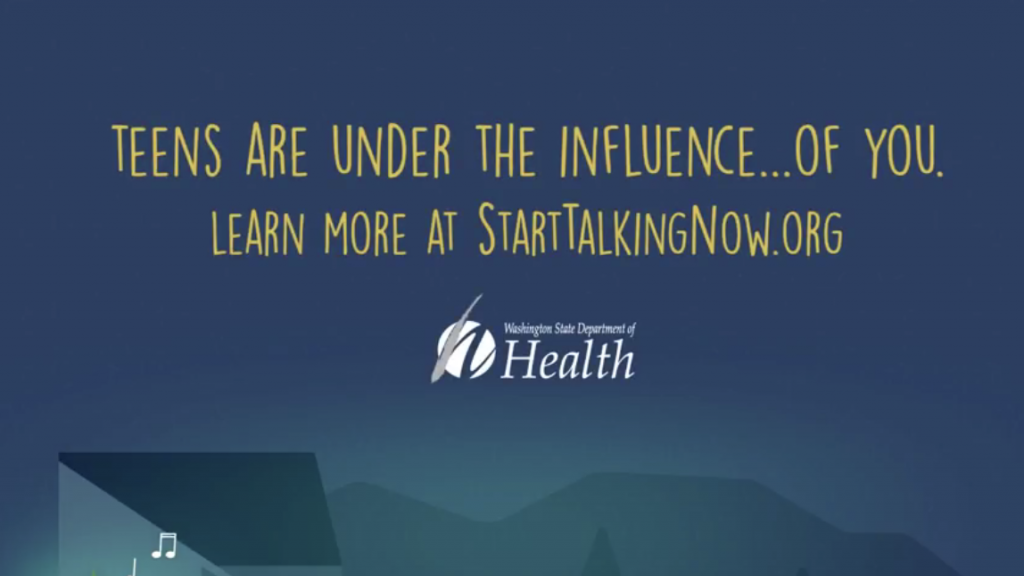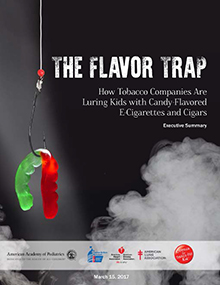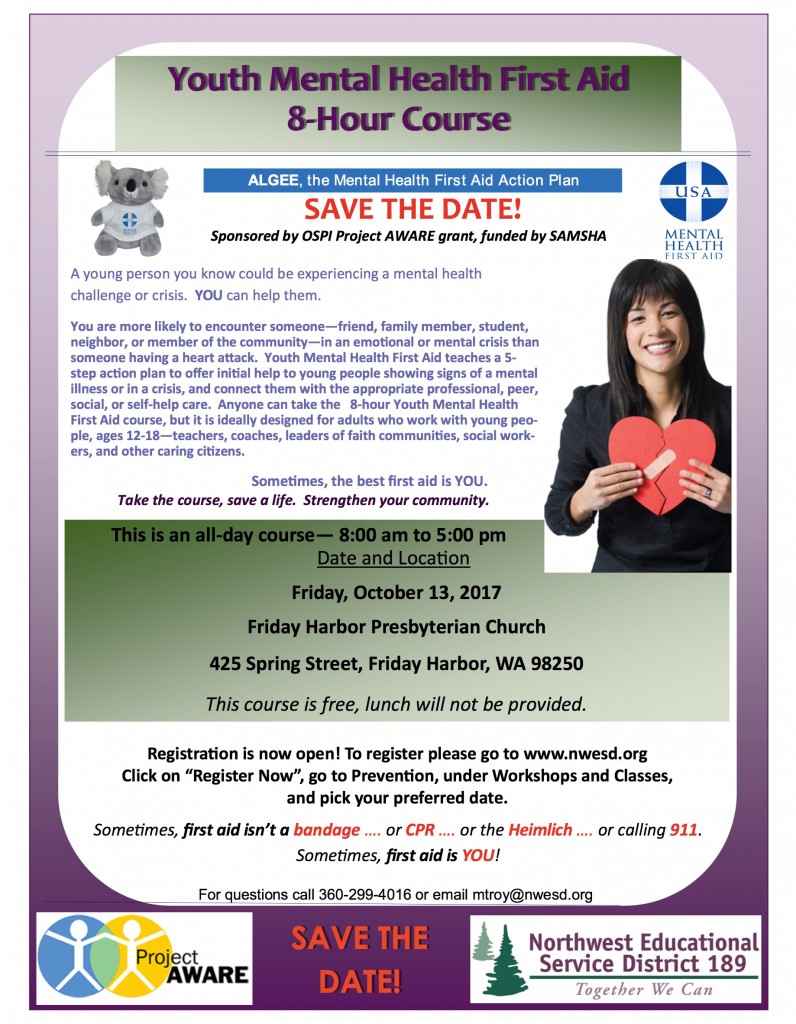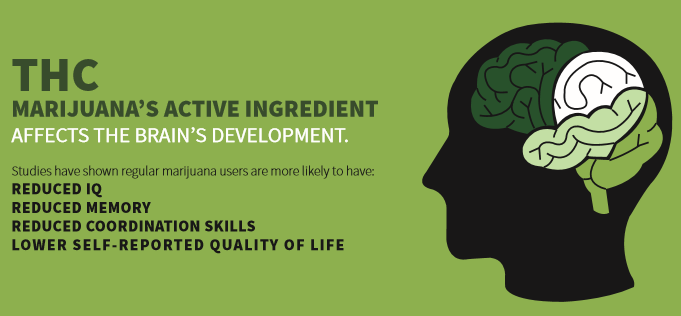
Big Marijuana Claims
|
Scientific Facts
|
| Legalization is about getting rid of the “War on Drugs” |
Legalization is about one thing: making a small number of business people rich. If it were about ending the War on Drugs, recent law changes would be limited to decriminalization. Rather, a host of business interests are getting involved with the legal marijuana trade in Colorado and elsewhere. They have set up private equity firms and fundraising organizations to attract investors and promote items such as marijuana food items, oils, and other products.We also know these industries target the poor and disenfranchised[i] – and we can expect the marijuana industry to do the same in order to increase profits. |
| Marijuana is not addictive. |
Science has proven – and all major scientific and medical organizations agree – that marijuana is both addictive and harmful to the human brain, especially when used as an adolescent. One in every six 16 year-olds (and one in every eleven adults) who try marijuana will become addicted to it.[ii] |
| Marijuana MIGHT be psychologically addictive, but its addiction doesn’t produce physical symptoms. |
To your brain, addiction is addiction. Different addictions have different symptoms, but whether its food, sex, marijuana, or heroin – your brain knows it wants more of that feeling of pleasure. Just as with alcohol and tobacco, most chronic marijuana users who attempt to stop “cold turkey” will experience an array of withdrawal symptoms such as irritability, restlessness, anxiety, depression, insomnia, and/or cravings.[iii] This signals that marijuana can be addictive. Science has shown that 1 in 6 kids who ever try marijuana, according to the National Institutes of Health, will become addicted to the drug. Today’s marijuana is not your “Woodstock weed” – it can be 5-10 times stronger than marijuana of the past.[iv] |
| Lots of smart, successful people have smoked marijuana. It doesn’t make you dumb. |
Just because some smart people have done some dumb things, it doesn’t mean that everyone gets away with it. In fact, research shows that adolescents who smoke marijuana once a week over a two-year period are almost six times more likely than nonsmokers to drop out of school and over three times less likely to enter college.[v] In a study of over 1,000 people in 2012, scientists found that using marijuana regularly before the age of 18 resulted in an average IQ of six to eight fewer points at age 38 versus to those who did not use the drug before 18.[vi] These results still held for those who used regularly as teens, but stopped after 18. Researchers controlled for alcohol and other drug use as well in this study. So yes, some people may get away with using it, but not everyone. |
| No one goes to treatment for marijuana addiction. |
More young people are in treatment for marijuana abuse or dependence than for the use of alcohol and all other drugs.[vii] |
| Marijuana can’t kill or hurt you. |
Marijuana may not produce direct overdoses, but tobacco rarely, if ever, does either. But we would not say tobacco can’t kill or hurt you, and we would not say marijuana cannot do these things either. Emergency room admissions for marijuana use now exceed those for heroin and are continuing to rise.[viii] The link between suicide and marijuana is strong, as are car accidents – too many of which result in death. |
| Marijuana does not affect the workplace. |
Marijuana use impairs the ability to function effectively and safely on the job and increases work-related absences, tardiness, accidents, compensation claims, and job turnover.[ix] |
| Marijuana simply makes you happier over the long term. |
Regular marijuana use is associated with lower satisfaction with intimate romantic relationships, work, family, friends, leisure pursuits, and life in general.[x] |
| Marijuana users are clogging our prisons. |
We shouldn’t give marijuana users criminal records nor deprive them of a second chance, but it’s far from the truth to say they are clogging our prisons. A survey by the Bureau of Justice Statistics showed that 0.7% of all state inmates were behind bars for marijuana possession only (with many of them pleading down from more serious crimes). In total, one tenth of one percent (0.1 percent) of all state prisoners were marijuana-possession offenders with no prior sentences. Other independent research has shown that the risk of arrest for each “joint,” or marijuana cigarette, smoked is about 1 arrest for every 12,000 joints.[xi] |
| Marijuana is medicine. |
Marijuana may contain medical components, like opium does. But we don’t smoke opium to get the effects of morphine. Similarly we don’t need to smoke marijuana to get its potential medical benefit.[xii]We need more research. |
| The sick and dying need medical marijuana programs to stay alive. |
Research shows that very few of those seeking a recommendation for medical marijuana have cancer, HIV/AIDS, glaucoma, or multiple sclerosis;[xiii] and in most states that permits the use of medical marijuana, less than 2-3% of users report having cancer, HIV/AIDS, glaucoma, MS, or other life-threatening diseases.[xiv] |
| Marijuana should be rescheduled to facilitate its medical and legitimate use. |
Rescheduling is a source of major confusion. Marijuana meets the technical definition of Schedule I because it is not an individual product with a defined dose. You can’t dose anything that is smoked or used in a crude form. However, components of marijuana can be scheduled for medical use, and that research is fully legitimate. That is very different than saying a joint is medicine and should be rescheduled.[xv]It is important to note, too, that rescheduling does not generally correspond with criminalization or penalization. So if your target is to reduce penalties for use, focusing on rescheduling is the wrong target. |
| I smoked marijuana and I am fine, why should I worry about today’s kids using it? |
Today’s marijuana is not your Woodstock Weed. The psychoactive ingredient in marijuana—THC—has increased almost six-fold in average potency during the past thirty years.[xvi] |
| Marijuana doesn’t cause lung cancer. |
The evidence on lung cancer and marijuana is mixed – just like it was 100 years ago for smoking – but marijuana contains 50% more carcinogens than tobacco smoke[xvii] and marijuana smokers report serious symptoms of chronic bronchitis and other respiratory illnesses.[xviii] True, there is no definitive evidence right now to claim that marijuana causes lung cancer. |
| Marijuana is not a “gateway” drug. |
We know that most people who use pot WON’T go onto other drugs; but 99% of people who are addicted to other drugs STARTED with alcohol and marijuana. So, indeed, marijuana use makes addiction to other drugs more likely.[xix] |
| Marijuana does not cause mental illness. |
Actually, beginning in the 1980s, scientists have uncovered a direct link between marijuana use and mental illness. According to a study published in the British Medical Journal, daily use among adolescent girls is associated with a fivefold increase in the risk of depression and anxiety.[xx] Youth who begin smoking marijuana at an earlier age are more likely to have an impaired ability to experience normal emotional responses.[xxi]The link between marijuana use and mental health extends beyond anxiety and depression. Marijuana users have a six times higher risk of schizophrenia[xxii], are significantly more likely to development other psychotic illnesses. |
| Marijuana makes you a better driver, especially when compared to alcohol. |
Just because you may go 35 MPH in a 65 MPH zone versus 85 MPH if you are drunk, it does not mean you are driving safely! In fact, marijuana intoxication doubles your risk of a car crash according to the most exhaustive research reviews ever conducted on the subject.[xxiii] |
| Smoking or vaporizing is the only way to get the medical benefits of marijuana. |
No modern medicine is smoked. And we already have a pill on the market available to people with the active ingredient of marijuana (THC) in it – Marinol. That is available at pharmacies today. Other drugs are also in development, including Sativex (for MS and cancer pain) and Epidiolex (for epilepsy). Both of these drugs are available today through research programs.[xxiv] |
| Medical marijuana has not increased marijuana use in the general population. |
Studies are mixed on this, but it appears that if a state has medical “dispensaries” (stores) and home cultivation, then the potency of marijuana and the use and problems among youth are higher than in states without such programs, according to research by RAND scientists.[xxv] This confirms research in 2012 from five epidemiological researchers at Columbia University. Using results from several large national surveys, they concluded, “residents of states with medical marijuana laws had higher odds of marijuana use and marijuana abuse/dependence than residents of states without such laws.[xxvi] |
| Legalization is inevitable – the vast majority of the country wants it, and states keep legalizing in succession. |
The increase in support for legalization reflects the tens of millions of dollars poured into the legalization movement over the past 30 years. Legalization is not inevitable and there is evidence to show that support has stalled since 2013. |
| Alcohol is legal, why shouldn’t marijuana also be legal? |
Our currently legal drugs – alcohol and tobacco – provide a good example, since both youth and adults use them far more frequently than illegal drugs. According to recent surveys, alcohol use is used by 52% of Americans and tobacco is used by 27% of Americans, but marijuana is used by only 8% of Americans.[xxvii] |
| Colorado has been a good experiment in legalization. |
Colorado has already seen problems with this policy. For example, according to the Associated Press: “Two Denver Deaths Linked to Recreational Marijuana Use”. One includes the under-aged college student who jumped to his death after ingesting a marijuana cookie.The number of parents calling the poison-control hotline to report their kids had consumed marijuana has risen significantly in Colorado.Marijuana edibles and marijuana vaporizers have been found in middle and high schools.[xxviii] |
| We can get tax revenue if we legalize marijuana. |
With increased use, public health costs will also rise, likely outweighing any tax revenues from legal marijuana. For every dollar gained in alcohol and tobacco taxes, ten dollars are lost in legal, health, social, and regulatory costs.[xxix] And so far in Colorado, tax revenue has fallen short of expectations. |
| I just want to get high. The government shouldn’t be able to tell me that I can’t. |
Legalization is not about just “getting high.” By legalizing marijuana, the United States would be ushering in a new, for-profit industry – not different from Big Tobacco. Already, private holding groups and financiers have raised millions of start-up dollars to promote businesses that will sell marijuana and marijuana-related merchandise. Cannabis food and candy is being marketed to children and are already responsible for a growing number of marijuana-related ER visits.[xxx]Edibles with names such as “Ring Pots” and “Pot Tarts” are inspired by favorite candies of children and dessert products such as “Ring Pops” and “Pop Tarts.” Moreover, a large vaporization industry is now emerging and targeting youth, allowing young people and minors to use marijuana more easily in public places without being detected.[xxxi] |
| Legalization would remove the black market and stop enriching gangs. |
Criminal enterprises do not receive the majority of their funding from marijuana. Furthermore, with legal marijuana taxed and only available to adults, a black market will continue to thrive. The black market and illegal drug dealers will continue to function – and even flourish[xxxii] – under legalization, as people seek cheaper, untaxed marijuana. |
[i] See for example, Jones-Webb R, McKee P, Hannan P, Wall M, Pham L, Erickson D, Wagenaar A. Alcohol and malt liquor availability and promotion and homicide in inner cities. Substance Use & Misuse. 2008;43:159–177. Jones-Webb R, Snowden LR, Herd D, Short B, Hannan P. Alcohol-related problems among black, Hispanic and white men: The contribution of neighborhood poverty. Journal of Studies on Alcohol.1997;58:539–545. Karriker-Jaffe KJ. Areas of disadvantage: A systematic review of effects of area-level socioeconomic status on substance use outcomes. Drug and Alcohol Review. 2011;30:84–95. Karriker-Jaffe KJ, Kaskutas LA. Neighborhood socioeconomic context of alcohol use: A measurement validation study [Abstract 720] Alcoholism: Clinical and Experimental Research, 33, Supplement.2009;S1:190A.
[ii]Anthony, J.C., Warner, L.A., & Kessler, R.C. (1994). Comparative epidemiology of dependence on tobacco, alcohol, controlled substances, and inhalants: Basic findings from the National Comorbidity Survey. Experiential and Clinical Psychopharmacology, 2
[iii] Budney, A.J., et al. (2008). Comparison of cannabis and tobacco withdrawal: Severity and Contribution to Relapse. Journal of Substance Abuse Treatment, 35(4).
[iv] ElSohly M.A., Ross S.A., Mehmedic Z., Arafat R., Yi B., & Banahan B.F. 3rd. (2004). Potency trends of delta9-THC and other cannabinoids in confiscated marijuana from 1980–1997.Journal of Forensic Sciences 45(1), 24-30; Mehmedic, Z., Pharm, M., Suman, C., Slade, D., Denham, H. Foster, S., et al. (2010). Potency trends of D9-THC and other cannabinoids in confiscated cannabis preparations from 1993 to 2008.Journal of Forensic Sciences 55(5), 1209–1217.
[v] Fergusson, D.M., et al. (2003). Cannabis and Educational Achievements. Addiction, 98(12).
[vi] Meier, M.H. (2012). Persistent cannabis users show neuropsychological decline from childhood to midlife. Proceedings of the National Academy of Sciences.
[vii] SAMHSA, Center for Behavioral Health Statistics and Quality (2010), Substance abuse treatment admissions by primary substance of abuse according to sex, age group, race, and ethnicity, United States [Data table from Quick Statistics from the Drug and Alcohol Services Information System]. Available athttp://wwwdasis.samhsa.gov/webt/quicklink/US10.htm; See also http://wwwdasis.samhsa.gov/webt/New
Mapv1.htm.
[viii] SAMHSA, Center for Behavioral Health Statistics and Quality. (2011). Drug abuse warning network, 2008: National estimates of drug-related emergency department visits (HHS Publication No. SMA 11-4618). Rockville, MD: Author.
[ix] NIDA (2012). Marijuanna abuse. NIDA Research Report Series (NIH Publication No. 12-3859), p. 8.
[x] Fergusson, D.M., & Boden, J.M. (2008). Cannabis use and later life outcomes. Addiction, 103, 969–976.
[xi] “Substance Abuse and Treatment, State and Federal Prisoners, 1997.” BJS Special Report, January 1999, NCJ 172871.http://www.ojp.usdoj.gov/bjs/pub/pdf/satsfp97.pdf and Bureau of Justice Statistics (2004). The Survey of Inmates in State Correctional Facilities and the Survey of Inmates in Federal Correctional Facilities Questionnaire. Available at:www.bjs.gov/content/pub/pdf/sisfcf04_sol.pdf
[xii] See American Medical Association http://www.ama-assn.org/resources/doc/csaph/x-pub/i09csaph3ft.pdf http://www.ama-assn.org/resources/doc/csaph/x-pub/csaa-01.pdf. Also see IOM, Marijuana and Medicine: Assessing the Scientific Base. http://www.iom.edu/Reports/2003/Marijuana-and-Medicine-Assessing-the-Science-base.aspx
[xiii] Nunberg, H., Kilmer, B., Pacula, R.L., & Burgdorf, J.R. (2011) An analysis of applicants presenting to a medical marijuana specialty practice in California. Journal of Drug Policy Analysis, 4(1), 1–16.
[xiv] Colorado Department of Public Health. (2012). Medical marijuanna registry program update (as of September 30, 2012). Retrieved January 2013 fromhttp://www.cdphe.state.co.us/hs/medicalcannabis/
statistics.html.
[xv] See Sabet, K. Should Marijuana Be Rescheduled? http://www.huffingtonpost.com/kevin-a-sabet-phd/should-marijuana-be-resch_b_3745354.html
[xvi] ElSohly M.A., Ross S.A., Mehmedic Z., Arafat R., Yi B., & Banahan B.F. 3rd. (2004). Potency trends of delta9-THC and other cannabinoids in confiscated marijuana from 1980–1997.Journal of Forensic Sciences 45(1), 24-30; Mehmedic, Z., Pharm, M., Suman, C., Slade, D., Denham, H. Foster, S., et al. (2010). Potency trends of D9-THC and other cannabinoids in confiscated cannabis preparations from 1993 to 2008.Journal of Forensic Sciences 55(5), 1209–1217.
[xvii] British Lung Foundation. (2012). The impact of cannabis on your lungs. London: Author. Retrieved January 2013 fromhttp://www.drugsandalcohol.ie/17670/1/The_impact_of_cannabis_on_your_lungs_-_BLF_report_2012.pdf.
[xviii] Tetrault, J.M., Crothers, K., Moore, B.A., Mehra, R., Concato, J., & Fiellin, D.A. (2007). Effects of marijuana smoking on pulmonary function and respiratory complications: A systematic review. Archives of Internal Medicine, 167, 221–228.
[xix] Schweinsburg A.D., Brown, S.A., & Tapert, S.F. (2008). The influence of marijuana use on neurocognitive functioning in adolescents. Current Drug Abuse Review, 1(1), 99–111.
[xx] Patton, G.C., et al. (2002). Cannabis use and mental health in young people: cohort study. British Medical Journal, 325(7374).
[xxi] Limonero, J.T., et al. (2006). Perceived emotional intelligence and its relation to tobacco and cannabis use among university students. Psicothema, 18.
[xxii] Andréasson S, et al. (1987). Cannabis and Schizophrenia: A longitudinal study of Swedish conscripts. Lancet, 2(8574).
[xxiii] M. Asbridge, J. A. Hayden, J. L. Cartwright. Acute cannabis consumption and motor vehicle collision risk: systematic review of observational studies and meta-analysis. BMJ, 2012; 344 (feb09 2): e536 DOI: 10.1136/bmj.e536
[xxiv] See IOM, Marijuana and Medicine: Assessing the Scientific Base. http://www.iom.edu/Reports/2003/Marijuana-and-Medicine-Assessing-the-Science-base.aspx
[xxv] Pacula, Rosalie L., David Powell, Paul Heaton, and Eric L. Sevigny. (2014). Assessing the Effects of Medical Marijuana Laws on Marijuana Use: The Devil is in the Details. Journal of Policy Analysis and Management. DOI: 10.1002/pam.21804
[xxvi] Cerda, M. et al. (2011). Medical marijuana laws in 50 states: investigating the relationship between statelegalization of medical marijuana and marijuana use, abuse and dependence.
Drug and Alcohol Dependence Found athttp://www.columbia.edu/~dsh2/pdf/MedicalMarijuana.pdf ; Wall, M. et al (2011).Adolescent Marijuana Use from 2002 to 2008: Higher in States with Medical Marijuana Laws, Cause Still Unclear, Annals of epidemiology, Vol 21 issue 9 Pages 714-716.
[xxvii] NSDUH, Summary of National Findings 2012. Accessed
http://www.samhsa.gov/data/NSDUH/2012SummNatFindDetTables/NationalFindings/NSDUHresults2012.pdf
[xxviii] See SAM 420 Report here: http://learnaboutsam.com/wp-content/uploads/2014/04/CO-420-doc-final2.pdf. Also see New York Times, Healy, J. After 5 Months of Sales, Colorado Sees Downside of a Legal High http://www.nytimes.com/2014/06/01/us/after-5-months-of-sales-colorado-sees-the-downside-of-a-legal-high.html?_r=0
[xxix] Updating estimates of the economic costs of alcohol abuse in the United States: Estimates, update methods, and data.
Report prepared for the National Institute on Alcohol Abuse and Alcoholism. Accessed
http://pubs.niaaa.nih.gov/publications/economic-2000/; Urban Institute and Brookings Institution (2012, October 15). State and local alcoholic beverage tax revenue, selected years 1977-2010. Tax Policy Center. Accessed http://www.taxpolicycenter.org/taxfacts/ displayafact.cfm?Docid=399; Saul, S. (2008, August 30). Government gets hooked on tobacco tax billions. The New York Times. Accessed http://www.nytimes.com/2008/08/31/weekinreview/31saul. html?em&_r=0; for Federal estimates, see Urban Institute and Brookings Institution (2012, October 15). State and local tobacco tax revenue, selected years 1977-2010. Tax Policy Center.
Accessed http://www. taxpolicycenter.org/taxfacts/displayafact.cfm?Docid=403; Campaign for Tobacco-Free Kids (n.d.). Toll of tobacco in the United States of America. Accessed http://www.tobaccofreekids.org/research/factsh
[xxx] Alface, I. (2013, May 27). Children Poisoned by Candy-looking Marijuana Products. Nature World News. Accessed https://owl.english.purdue.edu/owl/resource/560/10/; Jaslow, R. (2013, 28 May). Laxer marijuana laws linked to increase in kids’ accidental poisonings CBS News. Accessed http://www.cbsnews.com/8301-204_162-57586408/laxer-marijuana-laws-linked-to-increase-in-kids-accidental-poisonings.
[xxxi] See for example Bryan, M. (2014, 18 April). Pot Smoke And Mirrors: Vaporizer Pens Hide Marijuana Use. NPR 90.9 WBUR. Accessed http://www.wbur.org/npr/302992602/pot-smoke-and-mirrors-vaporizer-pens-hide-marijuana-use?ft=3&f=302992602
[xxxii] Baca, R. (2014, 26 February). Drug dealer says legal pot helps his business (video). The Cannabist. Accessed: http://www.thecannabist.co/2014/02/26/drug-dealer-anything-legalization-helped-business-video/5581/; Gurman, S. (2014, April 4). Legal pot in Colorado hasn’t stopped black market. Associated Press. Accessed http://bigstory.ap.org/article/legal-pot-colorado-hasnt-stopped-black-market




